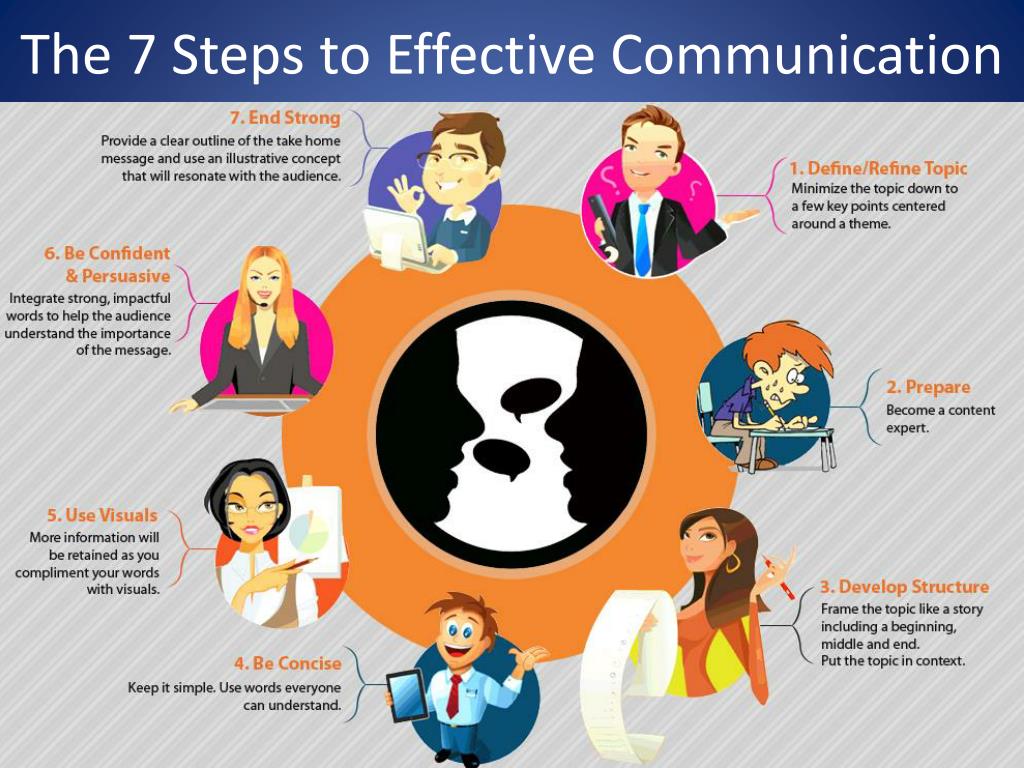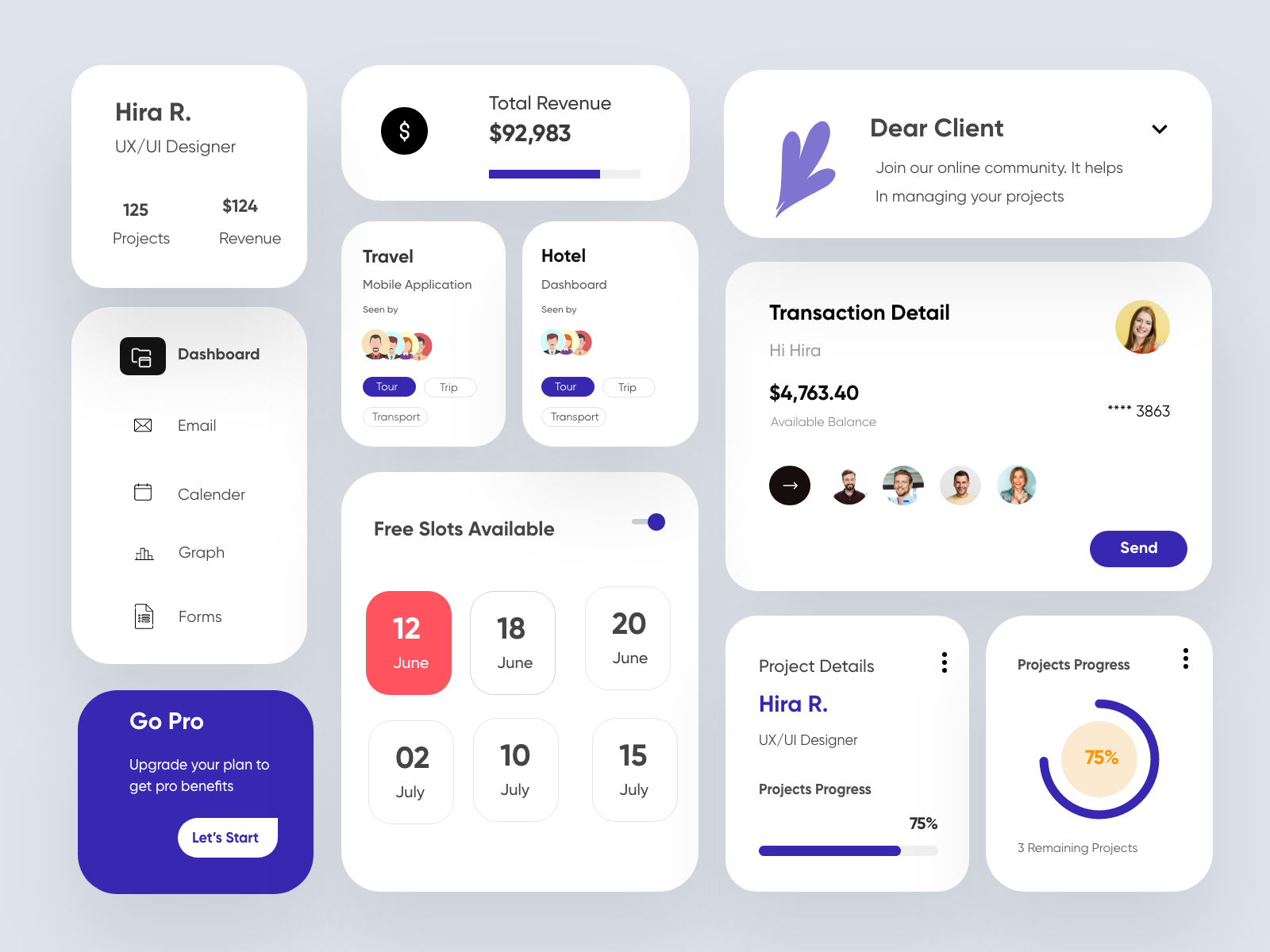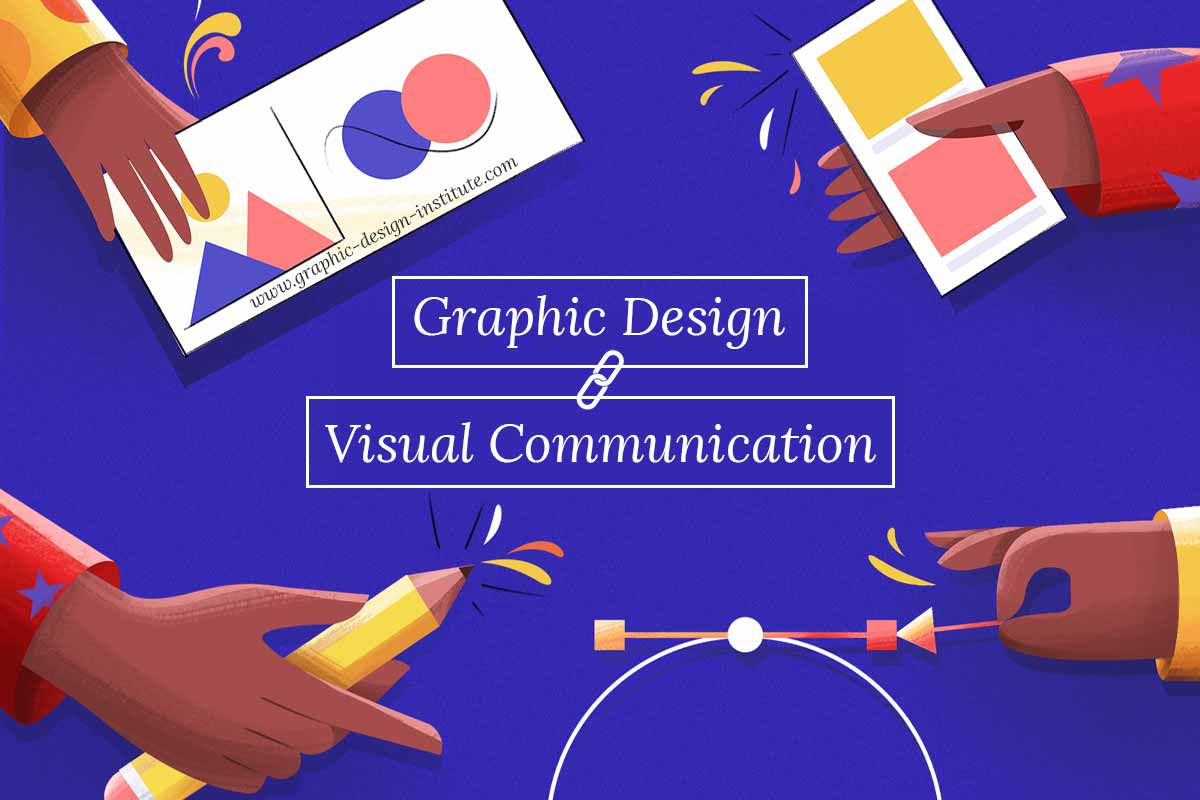What is Graphic Design, Anyway?
Graphic design is a vital component of visual communication, playing a crucial role in conveying messages and ideas through various mediums. It involves the strategic use of typography, color, and imagery to create visually appealing and effective designs that capture the audience’s attention. Graphic designers use their creativity and technical skills to develop designs that communicate a message, express an idea, or create an emotional connection with the viewer. From logos and branding to advertising and marketing materials, graphic design is an essential part of modern communication.
In today’s digital age, graphic design has become an integral part of our daily lives. We are constantly surrounded by visual elements that have been carefully crafted to convey a message, sell a product, or promote a service. As a result, the demand for skilled graphic designers has increased, making it an exciting and rewarding career path for those who are passionate about visual communication. However, for those who are looking to explore other creative fields, there are many alternative options that involve visual communication, such as visual design, communication design, and visual arts.
These related fields offer a range of opportunities for individuals who are interested in visual communication but may not want to pursue a traditional graphic design career. By understanding the principles of graphic design and its role in visual communication, individuals can gain a deeper appreciation for the creative possibilities that exist in this field. Whether you’re looking to break into the world of graphic design or explore other creative fields, having a solid understanding of visual communication is essential for success.
In the context of visual communication, graphic design is just one of many creative fields that involve the use of visual elements to convey a message. Other fields, such as visual design and communication design, also play a critical role in shaping the way we interact with visual information. By exploring these related fields, individuals can gain a broader understanding of the many ways that visual communication can be used to engage, inform, and inspire audiences.
Discovering Related Creative Fields: A World of Possibilities
While graphic design is a vital component of visual communication, it is not the only creative field that involves visual communication. There are many other fields that involve the use of visual elements to convey messages and ideas, each with its own unique characteristics and applications. Some of these fields include visual design, communication design, and visual arts, which are often referred to as “other words for graphic design” due to their similarities and overlap with graphic design.
Visual design, for example, is a field that focuses on creating aesthetically pleasing and effective visual experiences. It involves the use of color, typography, and imagery to create designs that engage and communicate with the viewer. Visual design is often used in industries such as advertising, marketing, and branding, where the goal is to create a visual identity that resonates with the target audience.
Communication design, on the other hand, is a field that focuses on using visual elements to communicate messages and ideas. It involves the use of typography, color, and imagery to create designs that convey information and engage the viewer. Communication design is often used in industries such as education, healthcare, and non-profit, where the goal is to communicate complex information in a clear and concise manner.
Visual arts is a broader field that encompasses a wide range of creative disciplines, including painting, sculpture, photography, and graphic design. It involves the use of visual elements to create artworks that express ideas, emotions, and experiences. Visual arts is often used in industries such as fine art, illustration, and animation, where the goal is to create original and innovative artworks that engage and inspire the viewer.
These creative fields offer a range of opportunities for individuals who are interested in visual communication but may not want to pursue a traditional graphic design career. By exploring these related fields, individuals can gain a deeper understanding of the many ways that visual communication can be used to engage, inform, and inspire audiences.
How to Break into the World of Visual Communication: Tips and Tricks
Breaking into the world of visual communication can seem daunting, but with the right skills and knowledge, it can be a rewarding and creative career path. For those interested in exploring “other words for graphic design,” such as visual design, communication design, and visual arts, here are some tips and tricks to get started.
First and foremost, building a portfolio is essential. A portfolio showcases your work and demonstrates your skills and abilities to potential employers. It should include a variety of projects that demonstrate your range and versatility as a visual communicator. Consider including projects that showcase your ability to work with different mediums, such as print, digital, and web design.
Learning industry-standard software is also crucial. Familiarize yourself with design programs such as Adobe Creative Suite, Sketch, and Figma. These programs are widely used in the industry and will give you a competitive edge when applying for jobs. Online tutorials and courses can help you learn the basics and stay up-to-date with the latest design trends.
Developing a personal style is also important. As a visual communicator, your personal style will set you apart from others and make your work more recognizable. Experiment with different design elements, such as color, typography, and imagery, to find what works best for you.
Networking is also key. Attend design events, join design communities, and connect with other designers on social media. These connections can lead to job opportunities, collaborations, and valuable feedback on your work.
Finally, stay curious and keep learning. The world of visual communication is constantly evolving, and it’s essential to stay up-to-date with the latest design trends and technologies. Continuously challenge yourself to try new things and push the boundaries of what’s possible.
By following these tips and tricks, you can break into the world of visual communication and start a rewarding career in a field that aligns with your passions and interests. Whether you’re interested in graphic design, visual design, communication design, or visual arts, there are many opportunities to explore and discover.
Visual Design: The Art of Crafting Engaging Visual Experiences
Visual design is a creative field that focuses on crafting aesthetically pleasing and effective visual experiences. It involves the use of color, typography, and imagery to create designs that engage and communicate with the viewer. Visual design is a key component of visual communication, and is often used in industries such as advertising, marketing, and branding.
One of the primary goals of visual design is to create a visual experience that resonates with the target audience. This involves understanding the audience’s needs, preferences, and behaviors, and using that information to inform the design process. Visual designers use a range of techniques, including color theory, typography, and composition, to create designs that are both visually appealing and effective.
Visual design is a broad field that encompasses a range of specialties, including graphic design, UI/UX design, and visual arts. While these specialties share some similarities, they each have their own unique characteristics and applications. For example, graphic design is often used in print and digital media, while UI/UX design is used in digital product design.
Visual design is also closely tied to other creative fields, such as communication design and information design. These fields share a common goal of using visual elements to communicate messages and ideas, but they differ in their approach and application. Communication design, for example, focuses on using visual elements to communicate messages and ideas in a clear and concise manner, while information design focuses on presenting complex information in a clear and concise manner.
Some of the key skills required for a career in visual design include creativity, attention to detail, and strong communication skills. Visual designers must be able to work effectively with clients and stakeholders to understand their needs and preferences, and to communicate their design vision. They must also be proficient in industry-standard software, such as Adobe Creative Suite, and have a strong understanding of design principles and theory.
Overall, visual design is a dynamic and creative field that offers a range of opportunities for those interested in crafting engaging visual experiences. Whether you’re interested in graphic design, UI/UX design, or visual arts, there are many ways to apply your skills and knowledge in this field.
UI/UX Design: The Intersection of Form and Function
UI/UX design is a creative field that focuses on crafting intuitive and user-friendly interfaces for digital products. It involves the use of visual design principles, human-centered design approaches, and technical skills to create interfaces that are both aesthetically pleasing and functional. UI/UX design is a key component of visual communication, and is often used in industries such as technology, software development, and e-commerce.
One of the primary goals of UI/UX design is to create an interface that is easy to use and navigate. This involves understanding the user’s needs, behaviors, and motivations, and using that information to inform the design process. UI/UX designers use a range of techniques, including user research, wireframing, and prototyping, to create interfaces that are both intuitive and effective.
UI/UX design is closely tied to other creative fields, such as visual design and graphic design. While these fields share some similarities, they differ in their approach and application. Visual design, for example, focuses on creating aesthetically pleasing and effective visual experiences, while graphic design focuses on communicating messages and ideas through visual elements.
Some of the key skills required for a career in UI/UX design include creativity, attention to detail, and strong communication skills. UI/UX designers must be able to work effectively with clients and stakeholders to understand their needs and preferences, and to communicate their design vision. They must also be proficient in industry-standard software, such as Sketch and Figma, and have a strong understanding of design principles and human-centered design approaches.
UI/UX design is a rapidly evolving field, with new technologies and design approaches emerging all the time. As a result, UI/UX designers must be able to stay up-to-date with the latest design trends and technologies, and be willing to continuously learn and adapt. Whether you’re interested in UI/UX design, visual design, or graphic design, there are many ways to apply your skills and knowledge in this field.
Other words for graphic design, such as UI/UX design, visual design, and communication design, offer a range of creative and challenging career paths for those interested in visual communication. By exploring these fields and developing your skills and knowledge, you can unlock the power of visual communication and create innovative and effective designs that engage and inspire audiences.
Branding and Identity Design: Crafting Unique Visual Identities
Branding and identity design is a creative field that focuses on creating distinctive visual identities for companies and organizations. It involves the use of visual elements, such as logos, typography, and color schemes, to create a unique and recognizable brand identity. Branding and identity design is a key component of visual communication, and is often used in industries such as marketing, advertising, and corporate communications.
One of the primary goals of branding and identity design is to create a visual identity that is consistent across all platforms and mediums. This involves developing a clear brand strategy and visual identity system that can be applied to various marketing materials, such as business cards, letterheads, and websites. Branding and identity designers use a range of techniques, including research, concept development, and design execution, to create visual identities that are both effective and memorable.
Branding and identity design is closely tied to other creative fields, such as graphic design and visual design. While these fields share some similarities, they differ in their approach and application. Graphic design, for example, focuses on communicating messages and ideas through visual elements, while visual design focuses on creating aesthetically pleasing and effective visual experiences.
Some of the key skills required for a career in branding and identity design include creativity, attention to detail, and strong communication skills. Branding and identity designers must be able to work effectively with clients and stakeholders to understand their needs and preferences, and to communicate their design vision. They must also be proficient in industry-standard software, such as Adobe Creative Suite, and have a strong understanding of design principles and branding strategies.
Other words for graphic design, such as branding and identity design, visual design, and communication design, offer a range of creative and challenging career paths for those interested in visual communication. By exploring these fields and developing your skills and knowledge, you can unlock the power of visual communication and create innovative and effective designs that engage and inspire audiences.
Branding and identity design is a rapidly evolving field, with new technologies and design approaches emerging all the time. As a result, branding and identity designers must be able to stay up-to-date with the latest design trends and technologies, and be willing to continuously learn and adapt. Whether you’re interested in branding and identity design, visual design, or graphic design, there are many ways to apply your skills and knowledge in this field.
Information Design: The Art of Presenting Complex Information
Information design is a creative field that focuses on presenting complex information in a clear and concise manner. It involves the use of visual elements, such as charts, graphs, and diagrams, to communicate information in a way that is easy to understand. Information design is a key component of visual communication, and is often used in fields like data visualization, education, and scientific research.
One of the primary goals of information design is to make complex information accessible to a wide range of audiences. This involves using clear and concise language, as well as visual elements that are easy to understand. Information designers use a range of techniques, including data analysis, visualization, and storytelling, to create designs that are both informative and engaging.
Information design is closely tied to other creative fields, such as graphic design and visual design. While these fields share some similarities, they differ in their approach and application. Graphic design, for example, focuses on communicating messages and ideas through visual elements, while visual design focuses on creating aesthetically pleasing and effective visual experiences.
Some of the key skills required for a career in information design include creativity, attention to detail, and strong analytical skills. Information designers must be able to work effectively with data and complex information, and to communicate their findings in a clear and concise manner. They must also be proficient in industry-standard software, such as Adobe Creative Suite, and have a strong understanding of design principles and information visualization techniques.
Other words for graphic design, such as information design, visual design, and communication design, offer a range of creative and challenging career paths for those interested in visual communication. By exploring these fields and developing your skills and knowledge, you can unlock the power of visual communication and create innovative and effective designs that engage and inspire audiences.
Information design is a rapidly evolving field, with new technologies and design approaches emerging all the time. As a result, information designers must be able to stay up-to-date with the latest design trends and technologies, and be willing to continuously learn and adapt. Whether you’re interested in information design, visual design, or graphic design, there are many ways to apply your skills and knowledge in this field.
Conclusion: Unlocking the Power of Visual Communication
As we’ve explored the various creative fields and specialties beyond graphic design, it’s clear that visual communication is a vast and multifaceted industry. From visual design to UI/UX, branding and identity design, and information design, each field offers a unique set of challenges and opportunities for creative expression. By understanding the nuances of these fields, individuals can unlock the power of visual communication and bring their ideas to life in innovative and effective ways.
Whether you’re a seasoned designer or just starting out, it’s essential to recognize that visual communication is an ever-evolving field, driven by technological advancements, changing user behaviors, and shifting cultural trends. By staying curious, adapting to new tools and techniques, and continually developing your skills, you can remain at the forefront of this exciting industry.
For those looking to transition into visual communication from other fields or seeking to expand their skill set, it’s essential to remember that there are many other words for graphic design that can help you find your niche. By exploring these related fields and specialties, you can discover new areas of interest and expertise, ultimately leading to a more fulfilling and successful career.
In today’s visually driven world, the importance of effective visual communication cannot be overstated. As we continue to navigate the complexities of modern life, the need for clear, concise, and engaging visual experiences will only continue to grow. By embracing the diversity of visual communication and its many related fields, we can unlock new possibilities for creative expression, innovation, and connection.






